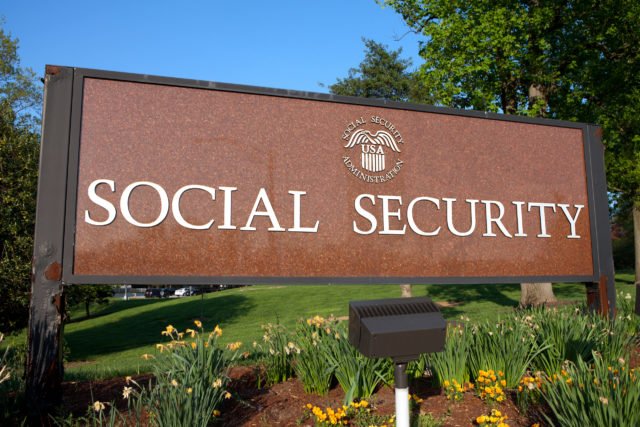
Who Are the Poor Elderly? An Examination Using Alternative Poverty Measures
Abstract
According to most accounts the past decade has brought with it tremendous gains in reducing poverty among the elderly, i.e., those persons aged 65 or older. Although official poverty rate for children continues to be near the 20 percent level, the official poverty rate among the elderly fell to 10.5 percent in 1998. This rate is the lowest rate on record – less than half of the 1970 rate of 22.6 percent, and less than a third of the 33.1 percent rate found in 1959 (U.S. Census Bureau (1999), Table B-2). Health status and life expectancy among the elderly have increased over the past 40 years (Wolfe and Smeeding (1999)). Although pockets of poverty remain, for example, among older women living alone, and poverty rates of elderly in the United States exceed those in many other rich countries (Smeeding (1999a)), the overall picture is one of great progress. A continuation of these trends could imply that poverty among the elderly (as officially measured) might not be a major concern for policymakers as they consider Social Security reform. The official U.S. poverty rates for the elderly, however, have been severely criticized during the past few years because of the way poverty is measured and because of the implications for Social Security. These measurement issues might create different conclusions about the level and trend in elderly poverty.







